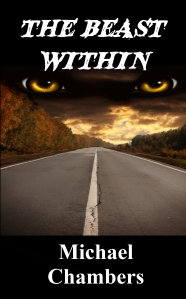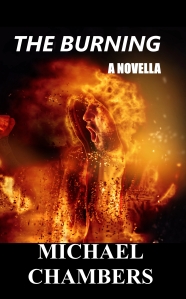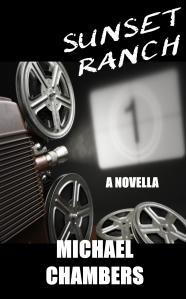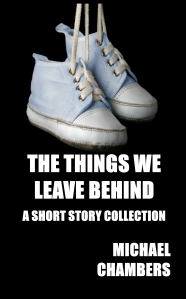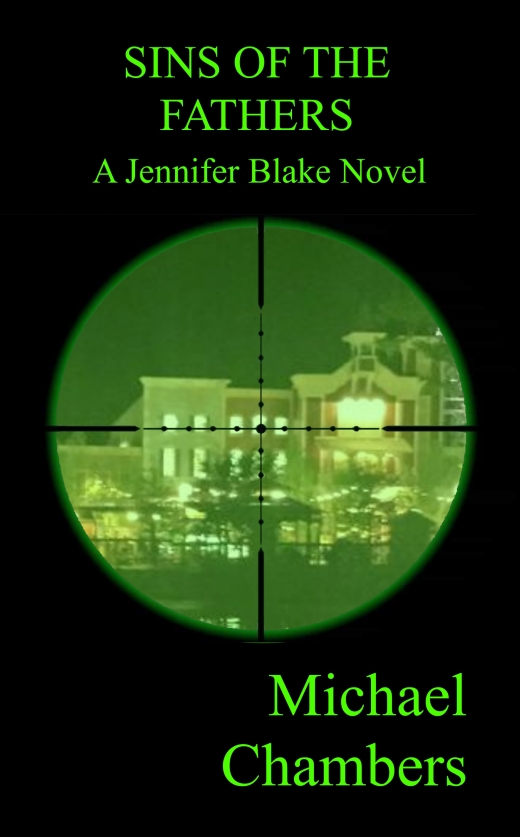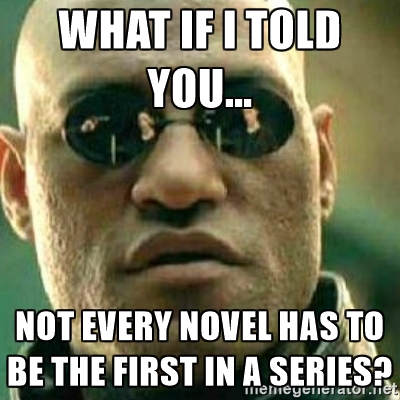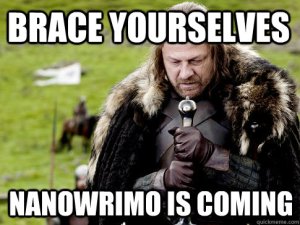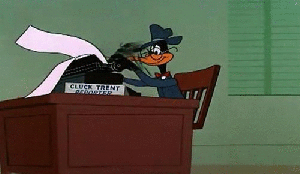
source: giphy.com
A few people have asked me about publishing independently. While scores of books have been written on the subject, by people much more qualified than I am, I thought I’d share my two cents’ worth, and a little about my process.
First, and although you’d think it goes without saying, it still needs to be said, you must finish the book. And by finish, it must be completed, edited, revised, and polished. Until you have a manuscript ready to go, don’t even worry about the rest of the process.
Once you have a completed, polished manuscript in hand, it’s time to look at formatting. Again, there are loads of books on the subject available on Kindle, many of them free or low-cost. Amazon actually puts out one themselves, and if you haven’t read this one cover to cover, you’re not ready. It’s very helpful to either download a pre-made template, or create your own using Kindle’s formatting guidelines. The two most common word processor programs, Microsoft Word and OpenOffice Writer, both allow you to save templates. Take your time here and do it right; you can have the best book in the world, and if the formatting is screwy enough to confuse the reader, you’re doomed.
Now that we’re all formatted, it’s time to think about a cover. The importance of a quality cover cannot be overstated. It is your book’s first impression, and is responsible for most of the decision to buy or not from readers. If you’re going to put out money on your book, this is arguably one of the two most important areas, the other being editing.
A note about images: It can be very tempting to simply snag a picture off Google images to use in your cover. I can’t say this enough: don’t do it. Really, just don’t. Stock images can be had for $3-20, which is a lot cheaper than a lawsuit for copyright violation. Don’t cheap out. Buy your images, and attribute them accordingly.
Don’t be afraid to jump in and give it a shot, but it never hurts to do your homework. Study other covers in your genre. Read everything you can on designing ebook covers, and graphics design in general.
Now that you’ve got the book and the cover, you need a blurb. FAIR WARNING: This can, and usually is, harder to write than the book itself. Take your time and get it right.

source: giphy.com
An author bio is a must. Yes, writing your own bio can be almost as much fun as doing your own dental work, but you really do need one. Again, take your time and get it right.
So you’ve written the book, edited and revised it, and polished it until it shines. You’ve formatted it properly for the medium (in this case, ebook) and you’ve got a killer cover, a catchy blurb, and an intriguing author bio. Now it’s time to consider some business decisions.
The two main outlets for indie ebooks are Amazon’s Kindle Direct Publishing and Smashwords. I prefer Amazon, but both have their pros and cons. Do your research and decide which is best for you.
Once you’ve selected your venue Or venues (you can publish on both) follow the step-by-step instructions both have on their websites. Both put your book through a cursory quality control check, but once that’s done, your book will be live on your selected sales channels.
A few helpful tidbits:
I write in OpenOffice.org, mostly because I love open source software, but either OO or Word are your best bet. There exists almost as many “writing programs” as there are aspiring writers. Most will charge you an arm and a leg, and will often require further instruction (for a price, naturally) to get the most out of them. For me, this is a great example of the Keep It Simple, Stupid rule. Stick to a good quality word processor program, and focus on writing, not learning new software.
For graphics editing, Photoshop is the gold standard, but by no means the only option available. GIMP and paint.net are both perfectly viable options. Just about any graphics program that lets you do multiple layers and transparencies will work. Use what works for you. I personally like paint.net.
Stock images are a wonderful way to create killer covers. There are hundreds of stock image sites available, easily found with a simple Google search. I prefer Canstock, but the key is to find the right image, so once you have the idea in mind, search as many as you have to until you find the right one. Then BUY IT. For the love of all things holy, DON’T STEAL IMAGES. The most expensive stock images in the world won’t come close to what a copyright lawsuit will cost you.
Editing may be the most crucial element of publishing. Fresh eyes are NOT OPTIONAL. By the time you’re ready to publish, at least one other objective, sometimes brutally honest person must have read through your manuscript. For me, that’s my wife. For you, it can be anyone you trust to be honest about what they see.
I hope this was at least somewhat helpful, but the truth is it’s a learning process that never really ends. Do your homework, and you’ll find your way.


